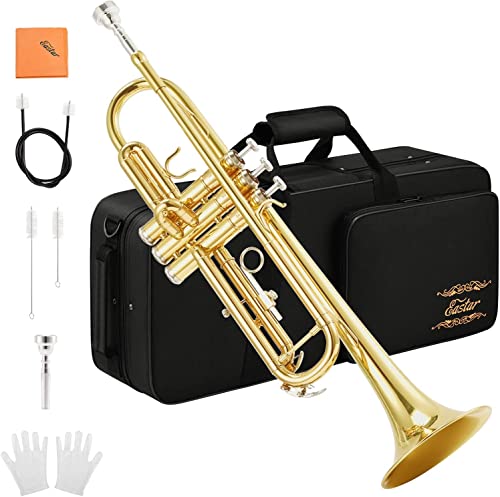The Bell
The bell is an important part of the trumpet. It is typically made of brass and flares out at the end. The shape of the bell affects the sound produced by the trumpet. A larger bell produces a warmer and more full-bodied sound, while a smaller bell produces a brighter and more focused sound.
The Valves
The valves are the key mechanism that allow the player to change the pitch of the instrument. The trumpet typically has three valves, which are operated using the player’s fingers. When a valve is depressed, it redirects the air flow through a section of tubing, which changes the length of the tubing and thus the pitch of the note produced.
The Mouthpiece
The mouthpiece is the part of the trumpet that the player blows into. It is typically made of metal and has a cup-shaped depression that the player’s lips rest against. The size and shape of the mouthpiece affects the sound produced by the trumpet, as well as the ease with which the player can play the instrument.
The Leadpipe
The leadpipe is a curved section of tubing that connects the mouthpiece to the main body of the trumpet. It is responsible for transmitting the air blown by the player into the main body of the trumpet, where it is then used to produce sound. The shape and length of the leadpipe affect the timbre and tone of the instrument.
The Tuning Slide
The tuning slide is a movable section of tubing that is used to adjust the pitch of the trumpet. It is located near the valves and is typically adjusted by pulling it in and out. By adjusting the length of the tubing, the player can bring the trumpet into tune with other instruments in an ensemble.






